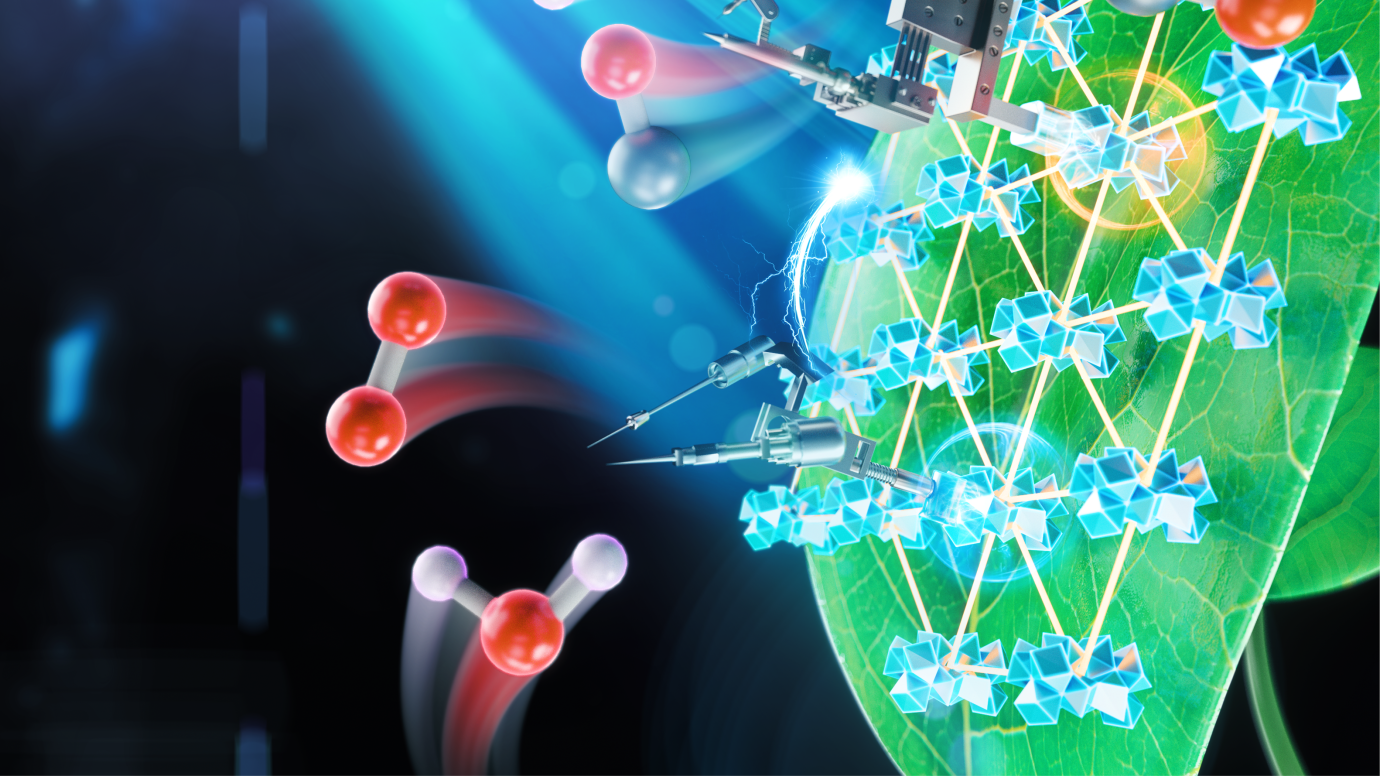Researchers have set a new world record for artificial photosynthesis efficiency, bringing clean fuel production closer to reality.
Scientists at the University of Cambridge developed a new system that mimics natural photosynthesis at unprecedented rates.
Artificial photosynthesis efficiency in the new system surpassed 20%, a major leap compared to previous benchmarks below 10%.
The breakthrough could revolutionize renewable energy by allowing the production of hydrogen and carbon-neutral fuels from sunlight.
The process uses low-cost, abundant materials like iron and cobalt instead of rare or expensive ones.
The team designed advanced nanostructures to improve light absorption and electron transfer.
According to lead researchers, the system could one day replace fossil fuels for industrial and transportation energy needs.
This discovery comes amid rising global interest in green hydrogen as a clean energy source.
Artificial photosynthesis could also help capture atmospheric CO₂, mitigating climate change impacts.
The new system operates efficiently even in low-light environments, unlike earlier models.
Results have been published in the journal Nature Catalysis, drawing significant attention from industry leaders.
Startups and energy companies are now exploring commercial applications for the technology.
The next challenge will be scaling the system for industrial use while maintaining efficiency.
Experts believe it could complement solar and wind power by providing continuous energy production.
Investment in artificial photosynthesis research has surged in recent years due to its promise of sustainability.
Patents are already being filed to protect the unique reactor designs developed in this project.
Scientists stress that continued public and private funding will be vital to move from lab to market.
Environmental groups have praised the innovation as a potential game-changer for reducing carbon emissions.
Artificial photosynthesis efficiency breakthroughs like this may be key to achieving global net-zero goals.
The world is watching as the dream of clean, unlimited solar fuel moves closer to reality.
Artificial Photosynthesis System Achieves New Efficiency Record



0 Comments